In the vast tapestry of the botanical world, few plants have woven themselves into human history and wellness practices as seamlessly as Malva neglecta and Malva sylvestris, commonly known as common mallow and high mallow respectively. These resilient and widespread species belong to the Malvaceae family, a group known for its significant cultural, medicinal, and culinary contributions across civilizations. With a rich tapestry of folklore, historical use, and emerging scientific research supporting their benefits, these plants offer a unique blend of tradition and modernity in the pursuit of health and well-being.
Uses and Health Benefits
Malva Neglecta (Common Mallow)
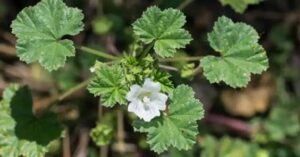
Digestive Aid: The mucilaginous nature of common mallow is a boon for the digestive system. Its gentle soothing properties can ease irritation in the gastrointestinal tract, making it an excellent natural remedy for issues such as gastritis, irritable bowel syndrome (IBS), and heartburn. A tea made from the leaves and flowers can provide a protective layer on the digestive lining, promoting healing and comfort.
Respiratory Relief: Common mallow also plays a significant role in respiratory health, thanks to its expectorant properties. It can help alleviate symptoms of common colds, bronchitis, and sore throats. The mucilage helps in soothing irritated mucous membranes and facilitating the expulsion of mucus, making breathing easier. A warm infusion or syrup made from the plant can be used for cough relief.
Anti-inflammatory Properties: The plant’s anti-inflammatory effects are beneficial in reducing swelling and pain in conditions like arthritis and muscle aches. Applying a poultice made from the leaves or drinking the tea can help mitigate inflammation both internally and externally.
Immune System Support: Rich in antioxidants, common mallow can bolster the immune system, protecting the body from oxidative stress and aiding in the fight against infections. The presence of vitamins A and C, along with minerals like iron and magnesium, contributes to its immune-boosting capabilities.
Urinary Health: Malva neglecta has been used traditionally to support urinary tract health. It can act as a diuretic, helping in the flushing out of toxins and reducing the risk of urinary tract infections. Its soothing properties can also relieve discomfort associated with inflammation in the urinary system.
Skin Care: Beyond its internal uses, common mallow is prized for its skin-healing properties. It can hydrate and soothe skin irritation, eczema, and dermatitis thanks to its high mucilage content. Applied topically, it can help heal wounds, bites, and burns, accelerating skin regeneration and providing a barrier against infection.
Antioxidant-rich: The plant is a source of powerful antioxidants, which can combat free radicals and contribute to overall health. This antioxidant activity supports cardiovascular health by maintaining healthy blood pressure levels and reducing cholesterol.
Culinary Uses: Not only is common mallow beneficial for health, but it’s also edible and nutritious. The leaves, stems, and flowers can be added to salads, soups, and stews, providing a nutritious boost. Rich in vitamins and minerals, it adds a subtle flavor and a host of health benefits to everyday meals.
Incorporating Malva neglecta into your wellness routine or diet can offer a holistic approach to health, tapping into centuries of traditional use backed by modern research. Whether used for its medicinal properties or as a nutritious addition to meals, common mallow stands out as a versatile and valuable plant in the realm of natural health and wellness.
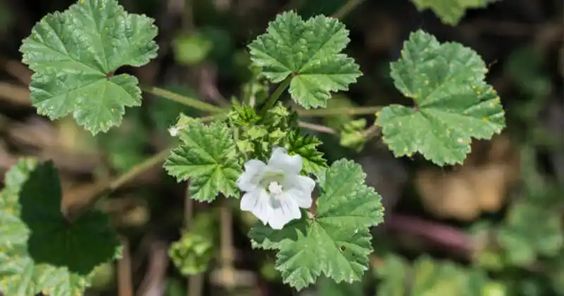
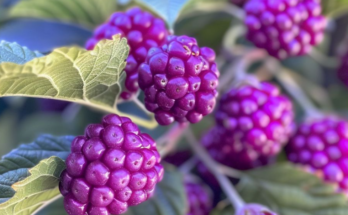
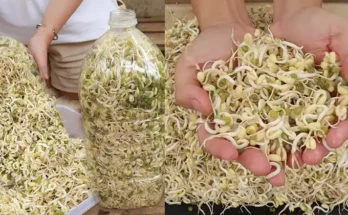
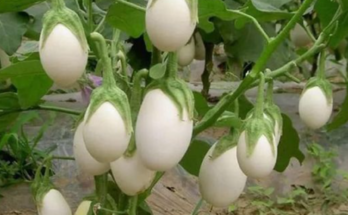
Throughout this grand pattern of things you actually receive an A just for effort and hard work. Exactly where you confused me personally was in the facts. You know, it is said, details make or break the argument.. And that could not be much more true right here. Having said that, let me inform you exactly what did work. Your text is pretty powerful which is most likely the reason why I am making an effort to opine. I do not really make it a regular habit of doing that. 2nd, even though I can notice a leaps in logic you make, I am not necessarily confident of exactly how you appear to connect your details which in turn help to make your conclusion. For right now I will, no doubt yield to your position however trust in the near future you link your facts much better.